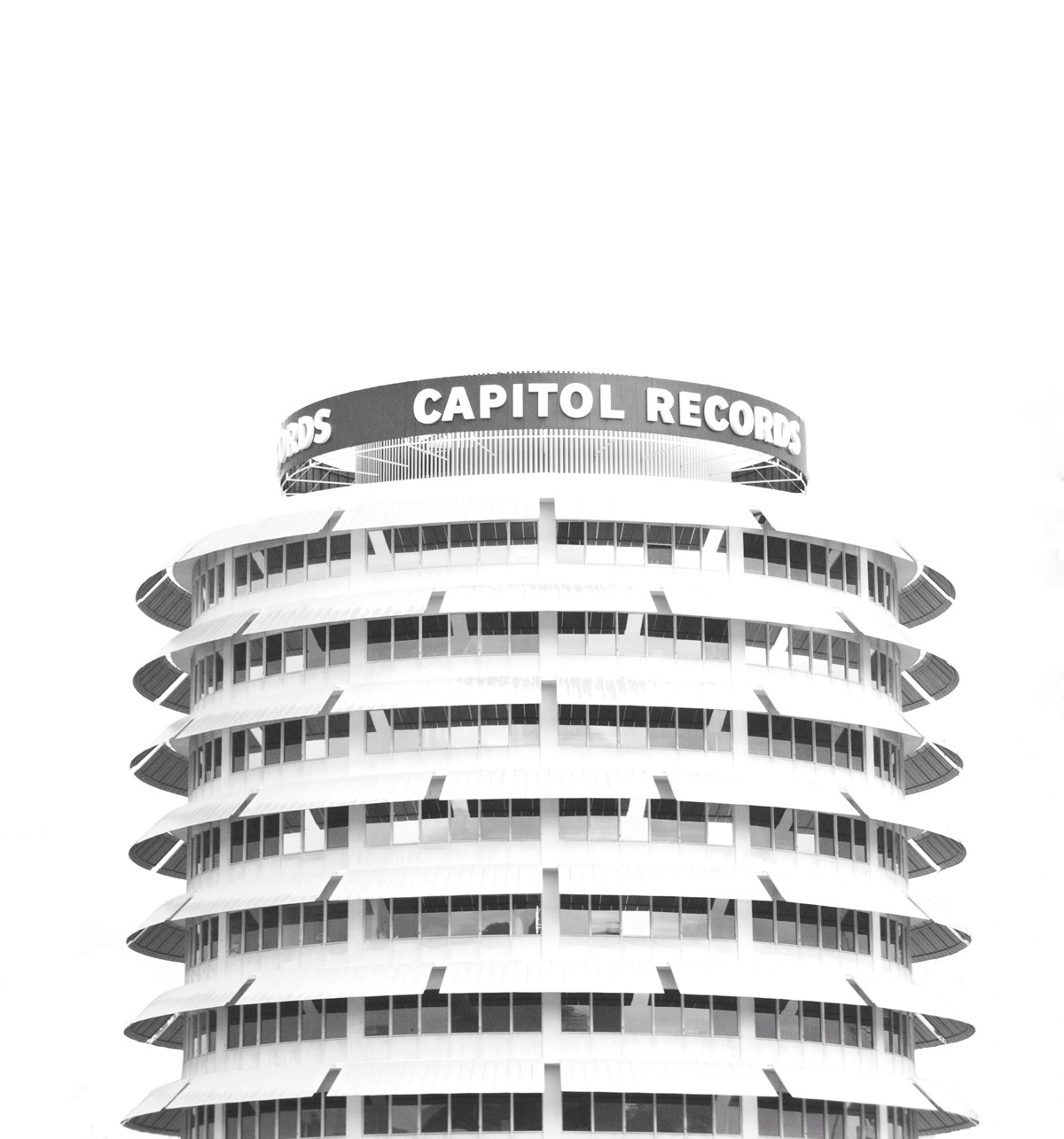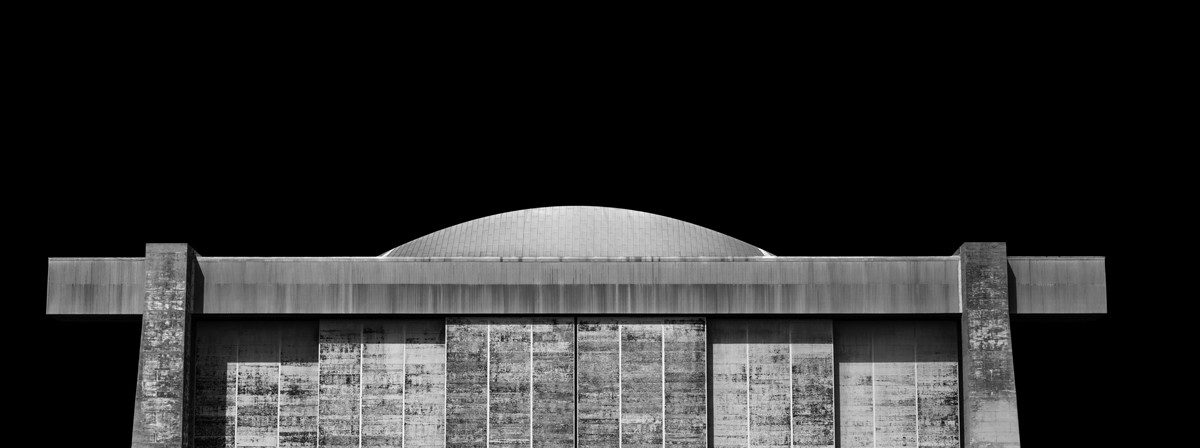
Photographer Jacques Garnier rented a booth at Laguna Festival of the Arts for the first time this year. He didn’t expect much. He knows his art is an acquired taste. A visual maverick, he only photographs places and things that he cares about, that catch his eye, that have some meaning; it’s never about the commercial possibilities of pretty pictures. The rental ended up surprising him: People bought several prints—someone liked one so much they walked away with it without paying—and the Festival itself bought his panoramic photograph Lighter Than Air for its permanent collection.
The progressive social and philosophical issues close to his heart influence the stunning body of work he has amassed over the short 20 years he’s been shooting: portraits of the poor at a local food bank; stark, deciduous trees against cloudless skies; the peeling paint and long hallways of the deserted El Toro military base; the innumerable sun-bleached buildings ravaged by neglect and hostile weather in the Mojave desert. The forlorn nature of the work, accenting the isolation and abandonment, isn’t so much depressing as empathetic, whether it’s people or buildings. The photographs personalize the disintegrating brick and mortar, with Garnier paying them homage, allowing them a dignity that’s often the first thing to go when structures drift into disrepair.
His latest subjects memorialize iconic LA structures and the vast expanses of light and dark splashed across the faces of concrete and glass buildings. In the former, the structures are easily identifiable (the NORMS restaurant sign, the Capitol Records building, the Googie-style Theme Building at LAX), even though the images are cropped and the space above or around them has been Photoshopped out. What’s left is the icon, alone, floating in air against a white background. Printed in grayscale on watercolor paper, they look like small, intricately detailed drawings.
The latter pieces are less easy to identify, the large negative space around them also digitally removed, the stripping away of any visual distraction reinforcing the luminous grays and deep blacks. Mounted on aluminum, the high-quality Fugiflex photographic paper gives the architecture a three-dimensional luminosity.
Garnier looks at these experiments in reduction as an attempt to slow down and take notice, of things passing and of time itself. An intellectual animal, it’s clear he’s in his head too much and considers the work a form of meditation. “I slow down when I have a camera in my hand,” he says. “Problem is, I don’t have a camera in my hand often enough. Taking pictures is my church, my refuge, where I have no problems. It’s like I’ve died and gone to heaven.”

We stand by the booth, talking for an hour and a half, as people stop and look over our shoulders or position themselves in front of us to get a closer look at the photos hanging on its gray walls. Garnier tells me he’s self-taught, seemingly embarrassed by a lack of formal schooling or artistic training (his university degrees are in French language and literature). Given a shove into photography by a former wife, who told him it was his calling, he started late in life. He was 50 at the time, and as we speak, he goes silent for a minute, telling me that if she hadn’t said that to him, he doesn’t know whether he’d even be doing it now. At present, a few months short of his 70th birthday, he modestly acknowledges his gift as something given to him by the luck of the draw. “Put a camera in a monkey’s hand, I’m sure you’ll get some great pictures,” he says and laughs.
A brief look at his résumé shows that his modesty is misplaced; his talent isn’t just an accident. He has paid his dues: solo and group shows since 1996; several published books; his work in the permanent collections of the Los Angeles County Museum of Art and the Southeast Museum of Photography; one of six artists (with Mark Chamberlain, the late Jerry Burchfield and three others) to build the world’s largest camera in a decommissioned jet hangar, then take the world’s largest seamless photograph; a lecturer who’s also received numerous grants, fellowships and awards.
Blessed with good health, a stable marriage and a steady income, he gives back by volunteering his talent and time with various nonprofits and is always looking to collaborate and stretch himself. His wife tells him he needs to say “no” more often, but he tells me he can’t, explaining there’s still so much he’s interested in, that he wants his world to continue to open, instead of the inevitable narrowing that comes with age. If the pictures that result don’t meet his standards, he’ll put them aside, take more and put those aside, too, if necessary. “They need to be good, right?” he asks. “Or what’s the point?”
Laguna Festival of Arts, 650 Laguna Canyon Rd., Laguna Beach, (800) 487-3378. Open daily, 10 a.m.-11:30 p.m. Through Aug. 31. $8-$12; children, military, Laguna Beach residents and Festival of Arts members, free. Photographer Jacques Garnier’s booth is No. 94. See more of his works at www.jacques-garnier.com.
Dave Barton has written for the OC Weekly for over twenty years, the last eight as their lead art critic. He has interviewed artists from punk rock photographer Edward Colver to monologist Mike Daisey, playwright Joe Penhall to culture jammer Ron English.

